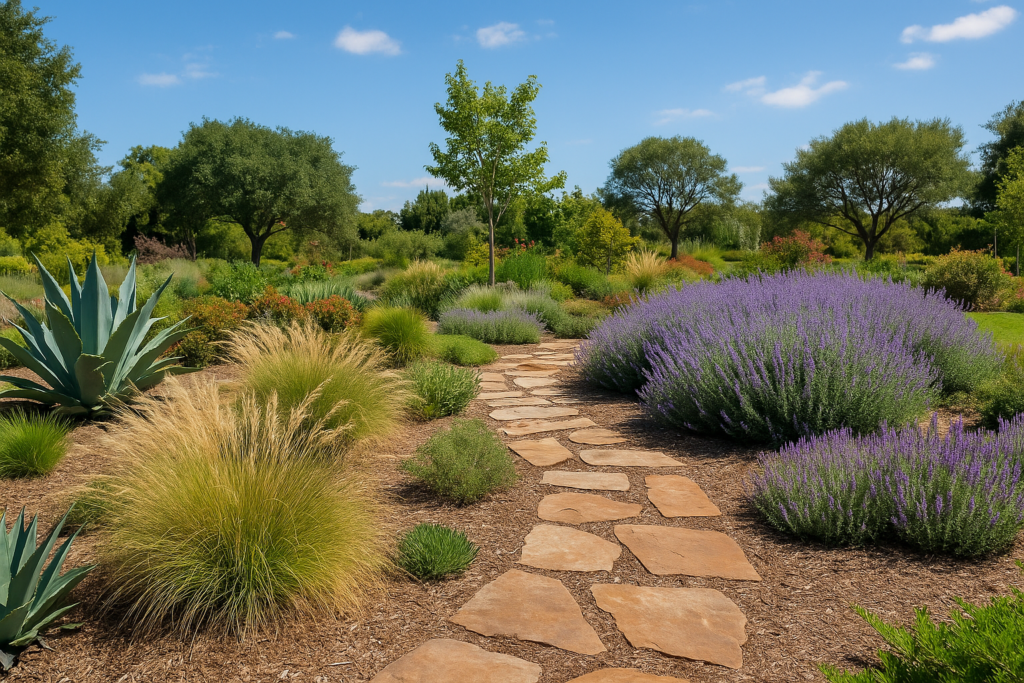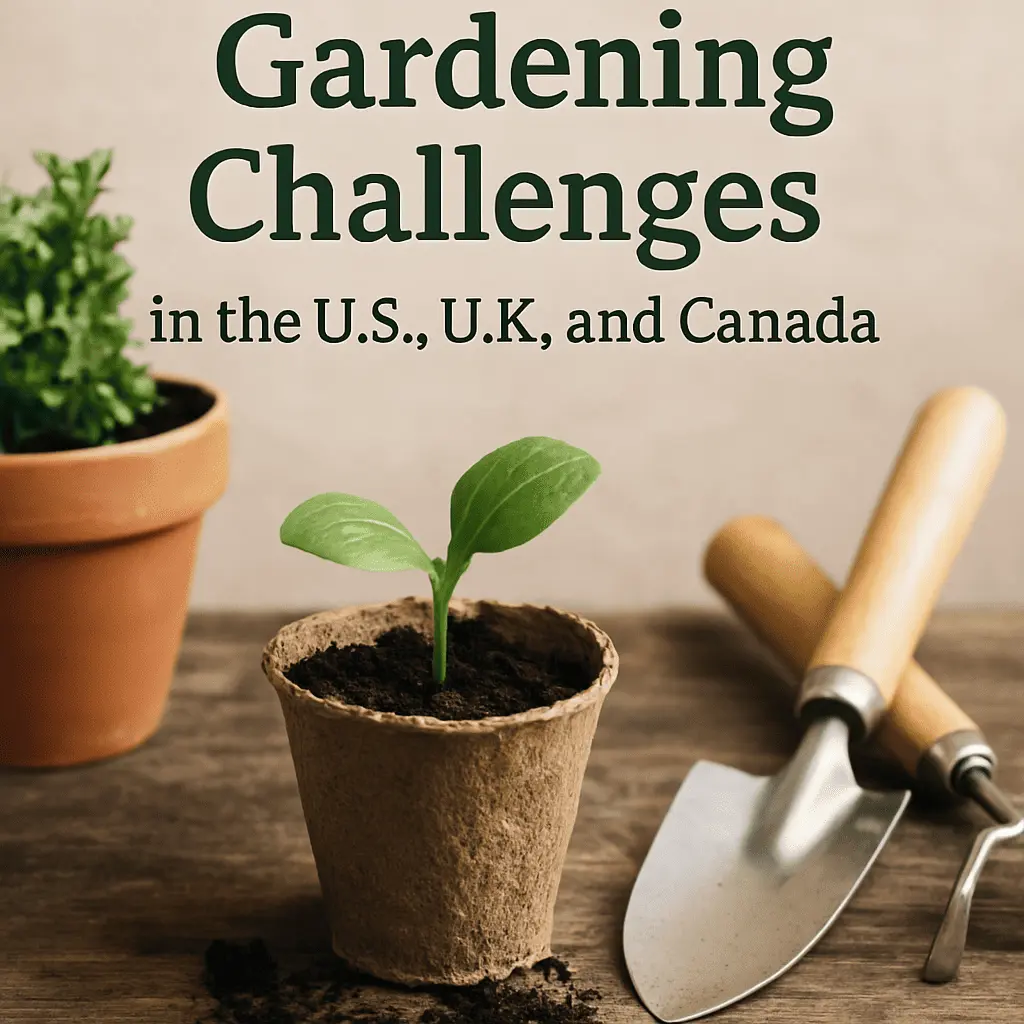Introduction
Prepare your garden for fall, you’re not alone. As summer ends, your plants, soil, and lawn all require attention to stay strong through colder months. Fall is the perfect time to clean, enrich, and organize your garden — and set it up for spring success.
In this guide, you’ll find easy and effective ways to clean up your space, add new plants, feed your soil, and protect everything before winter arrives.
1. Clean Up to Prepare Your Garden for Fall
Start by removing any dead or dying plants. This includes:
- Spent annuals
- Fallen fruits and vegetables
- Yellowed or diseased leaves
These can harbor pests and fungi over the winter.
✅ Tip: Only compost healthy plant matter. Discard any diseased debris in sealed bags to avoid contamination.
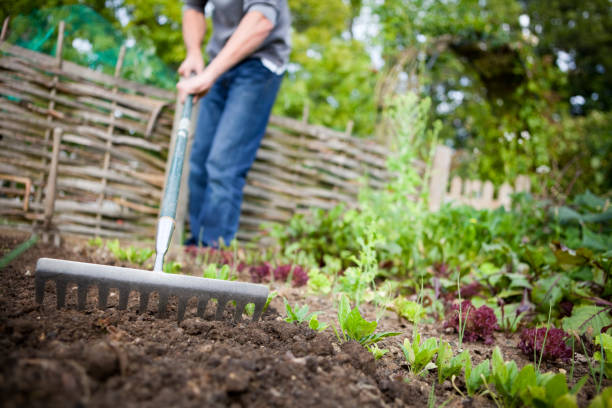
2. Plant Cool-Weather Crops to Extend Your Garden
If you do it properly, you can still grow a variety of vegetables and flowers that love the cool air.
Recommended cool-season crops:
- Vegetables: Lettuce, kale, spinach, radishes, carrots
- Flowers: Mums, pansies, violas, ornamental kale
You can plant these directly in the ground or in raised beds to keep production going.
✅ For more fall planting ideas, check out the Old Farmer’s Almanac Fall Gardening Guide
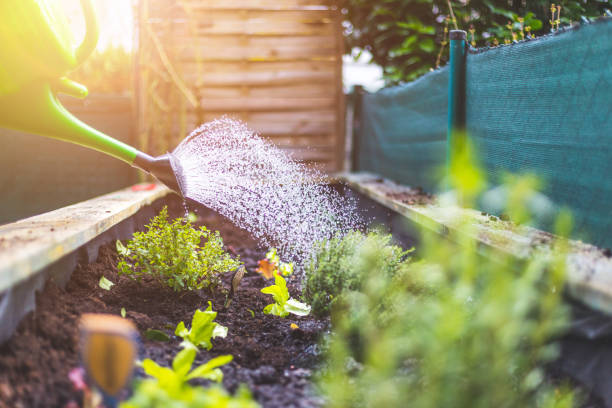
3. Add Mulch and Compost to Prepare Your Garden for Fall
One of the best ways to have a garden is by improving your soil.
Why add mulch and compost now?
- Mulch protects roots from temperature swings and frost
- Compost adds nutrients and improves soil structure
- Both reduce weeds and water evaporation
Apply a 5–7 cm layer of mulch around your perennials and trees.
4. Prune Strategically Before Frost Hits
Fall pruning should be minimal, but you can still:
- Cut broken or dead branches
- Remove overgrowth from walkways or structures
- Trim perennials that are finished blooming
⚠️ Avoid pruning spring-flowering shrubs (like lilacs) — they form buds now for next season.
5. Feed Your Lawn and Prepare Your Garden for Fall
Your lawn also needs care this season. Here’s how to prepare your garden for fall with a greener, stronger lawn:
- Aerate the soil to reduce compaction
- Overseed thin or bare patches
- Apply a low-nitrogen, slow-release fall fertilizer
Fall feeding encourages deep root growth before winter dormancy.
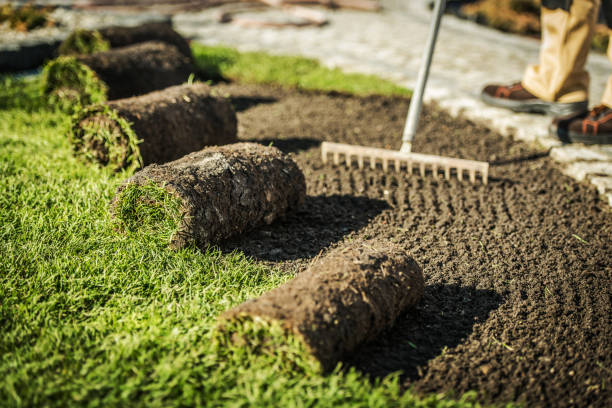
6. Protect Plants as You Prepare Your Garden for Fall
Protect your most delicate plants and help local biodiversity survive the season.
What to do:
- Cover tender perennials with frost cloth
- Bring potted plants indoors
- Leave seed heads on flowers for birds
- Avoid chemical pesticides
These actions improve your garden’s resilience and promote a healthy ecosystem.
Conclusion
Taking the time to prepare your garden for fall is a smart investment. With a few simple actions — cleanup, planting, mulching, and protection — your garden will not only survive the cold, it will thrive next spring.
🍂 Don’t wait for the first frost. Start preparing your garden for fall today and enjoy the benefits all year long.
For more sustainable practices, check out our guide:
👉 Eco-Friendly Landscape Design

